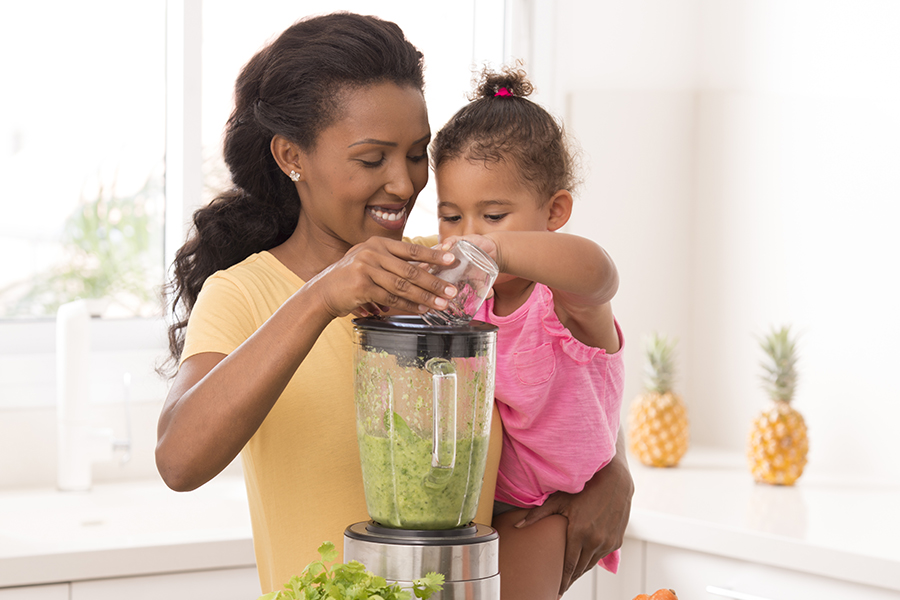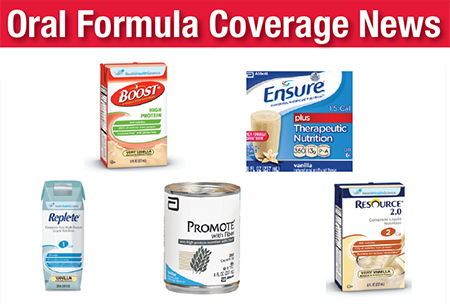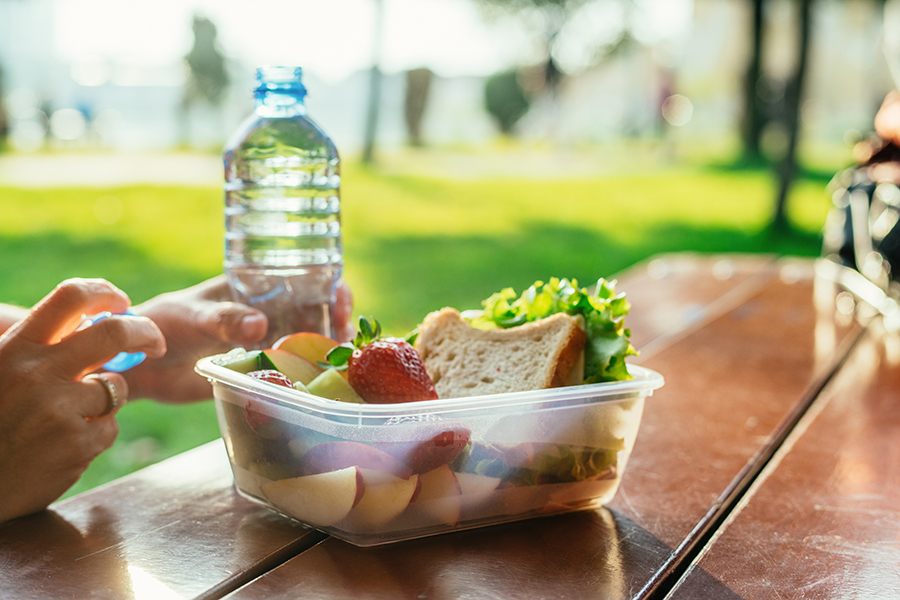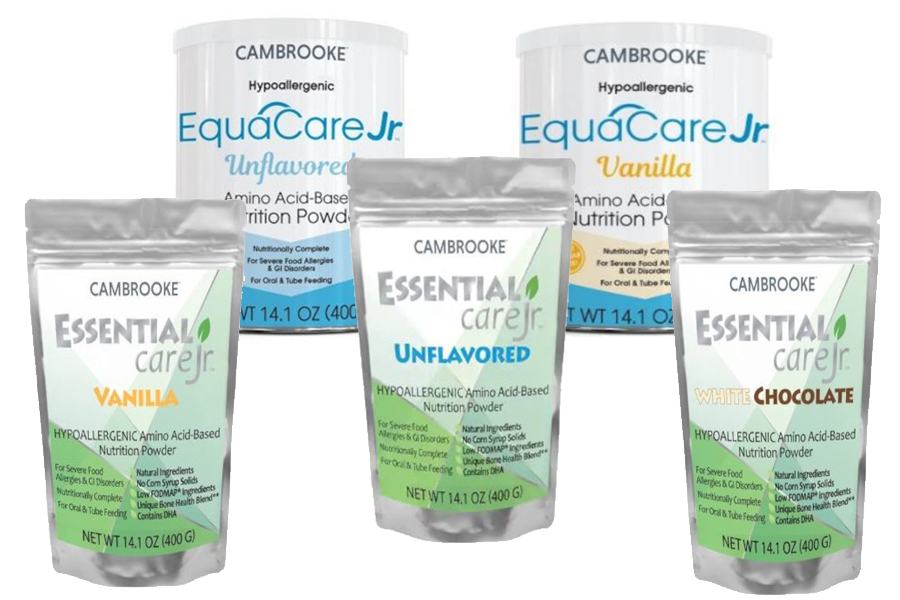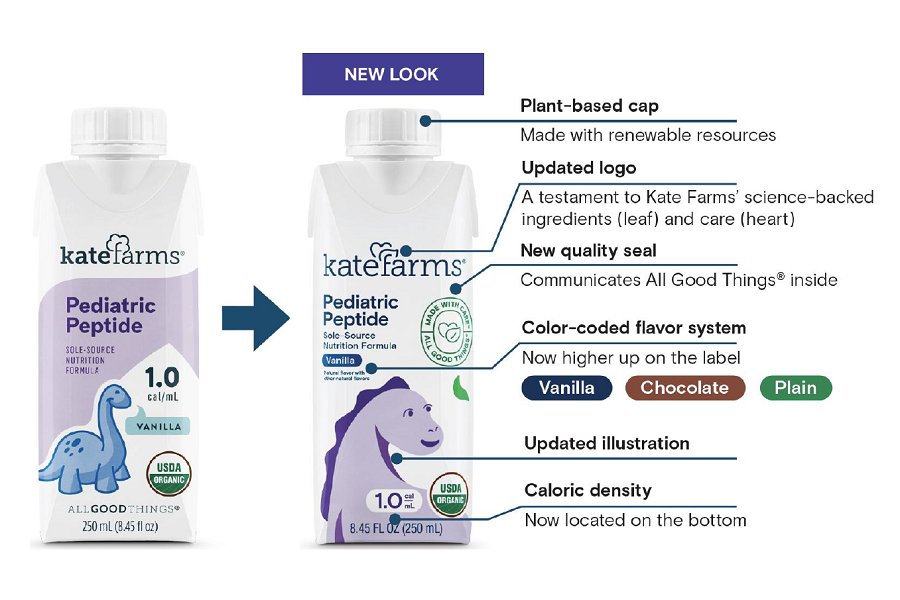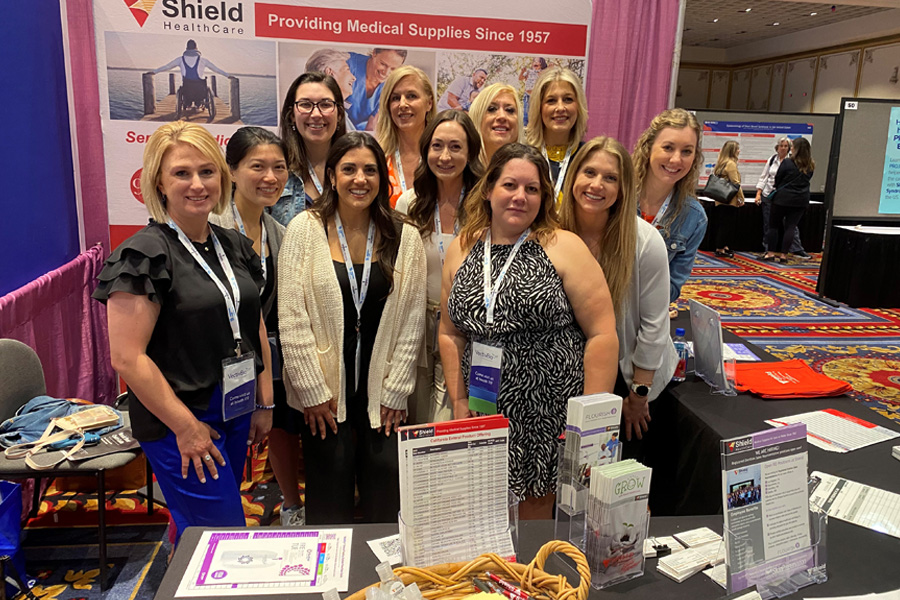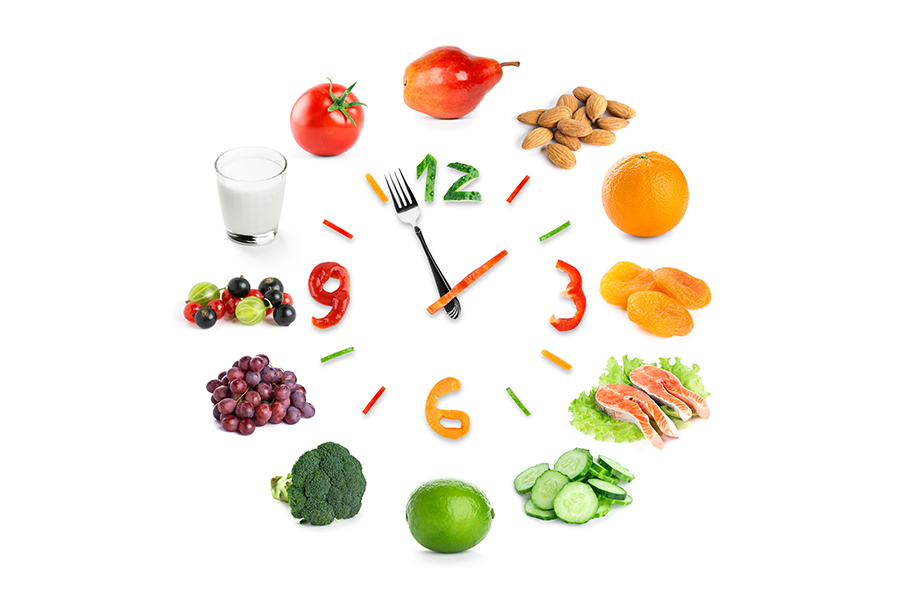Considerations With Blenderized Formula
Homemade blended formula can be rewarding for both parents and children. However, this practice requires much more planning and supervision than commercial formulas and may not be compatible with all feeding methods. Commercially-prepared products are formulated to provide complete nutrition in the right consistency for tube feeding administration. Considerations with blenderized feeding include:
Insurance coverage: Food used to prepare blenderized formula is generally not covered by insurance.
Small diameter feeding tube: Less than 10Fr may be too small for blenderized formulas. Diluting the formula to make it thinner may displace important nutrients.
Jejunostomy (J-tube): The tip of this small-diameter tube is in the small intestine, increasing the possibility of intolerance and the need for medical supervision.
Continuous feedings: Blenderized formula should not be kept at room temperature for more than two hours. Unlike commercially-prepared liquid formulas, homemade formula is not sterile.
Feeding pump compatibility: Moog, manufacturer of the Infinity® Feeding Pump, recently made an addendum to the operator’s manual: Infusion of blenderized formula through the pump may block the air sensors, potentially causing air to enter the patient’s stomach.
For more nutrition information and support, visit our online Nutrition Community.
This article is is tended for educational use only and does not replace the advice of a medical professional. If you have any questions or concerns regarding your enteral nutrition, contact your healthcare provider.







